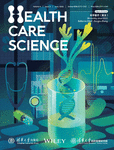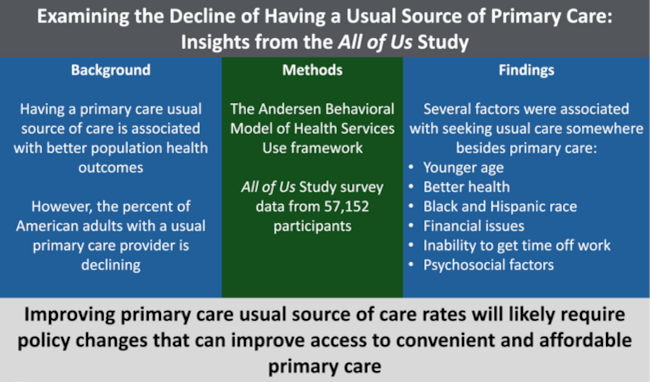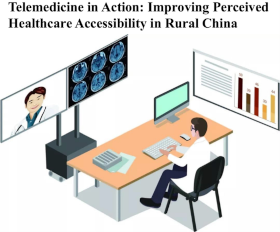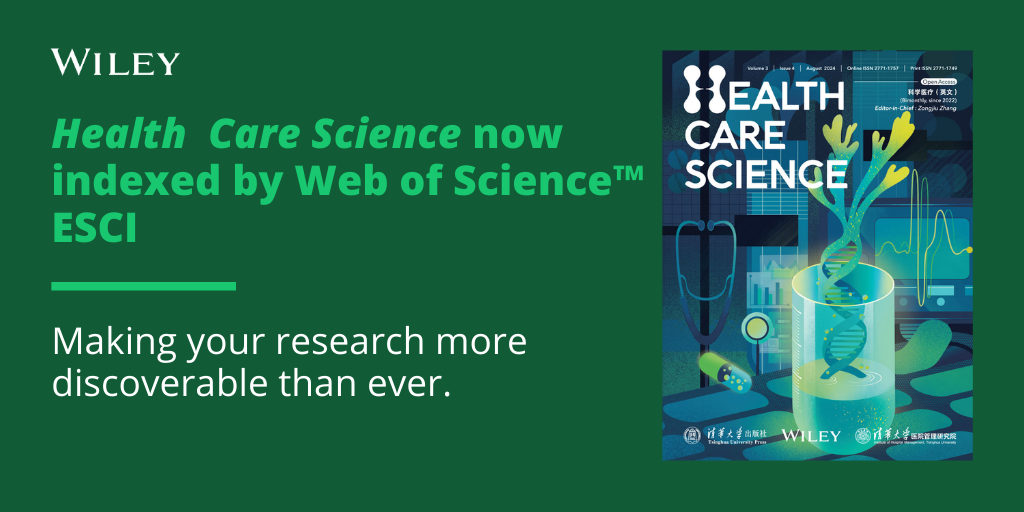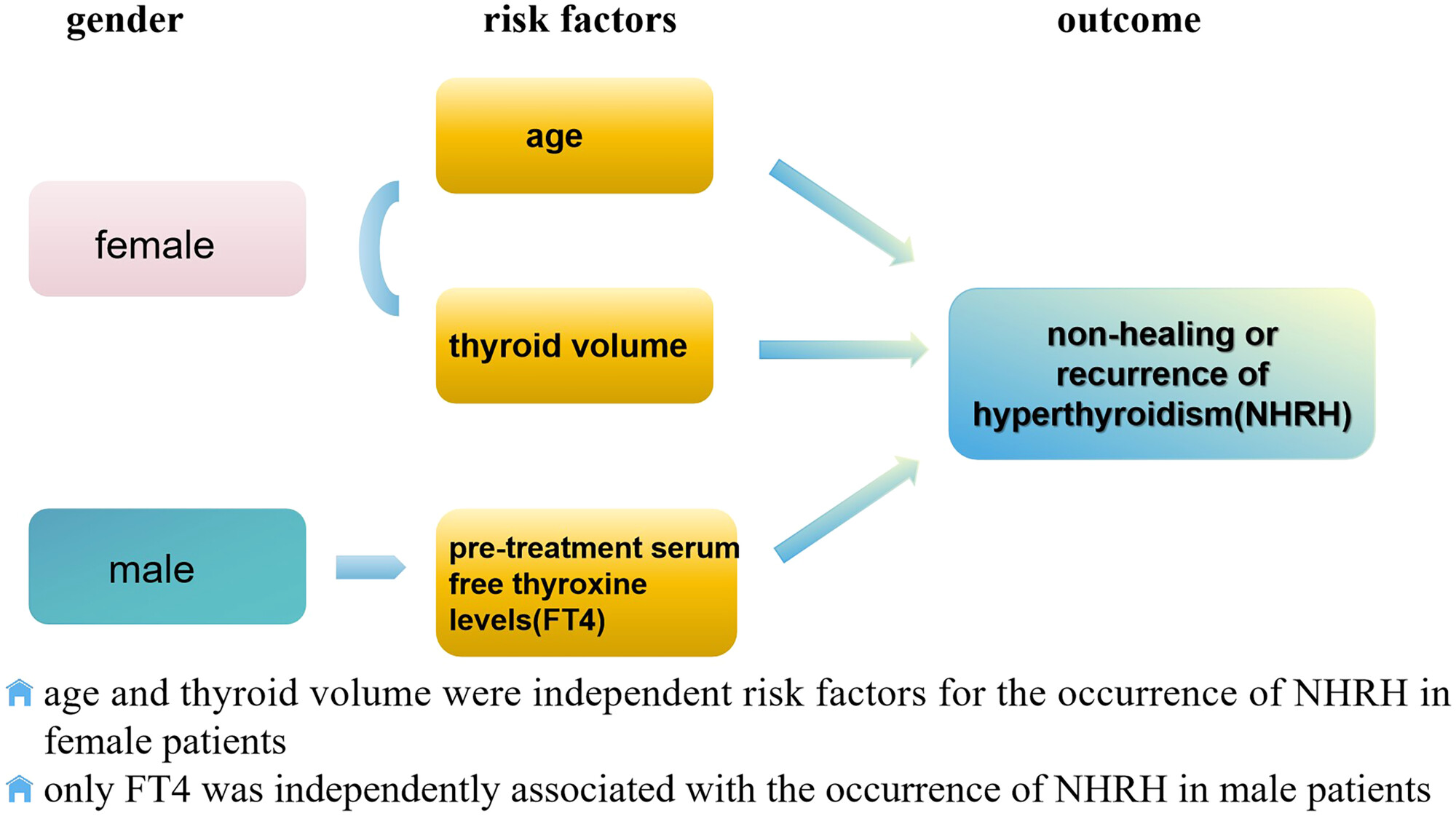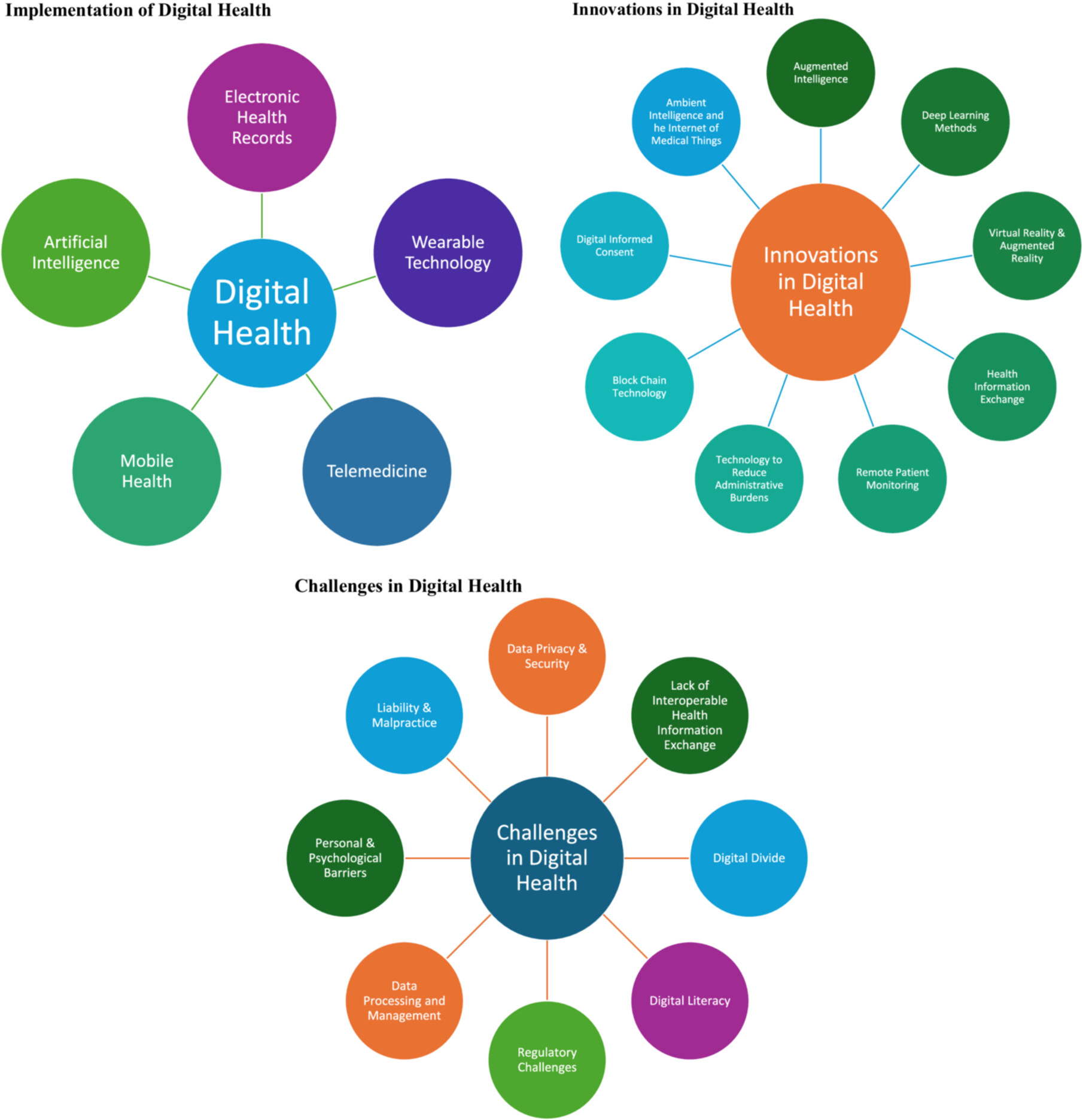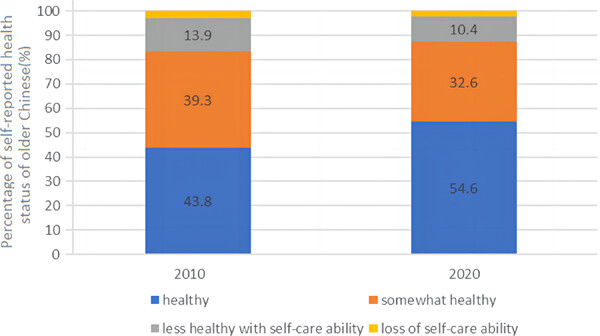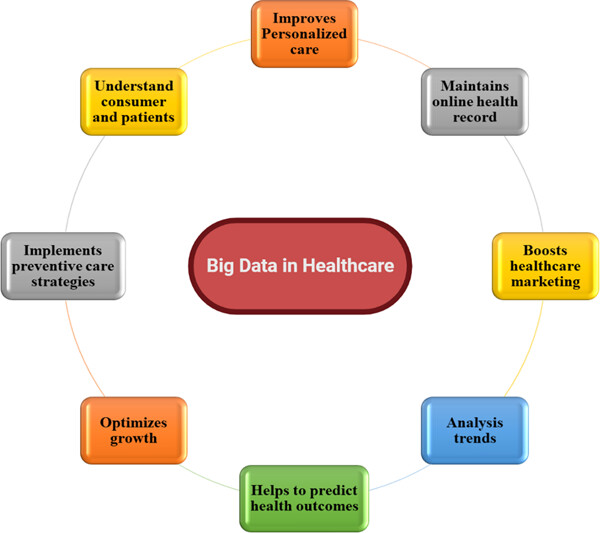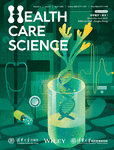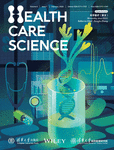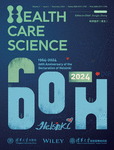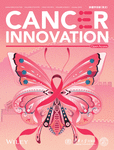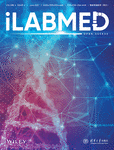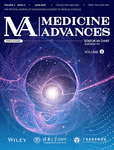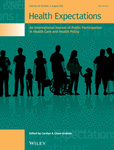Honorary Editors-in-Chief: Jiefu Huang and Tien Yin Wong; Editor-in-Chief: Zongjiu Zhang
Tsinghua University Press
Introducing Health Care Science, the first scientific journal featuring the impact of technology innovation on advancing health care management and medical service, globally.
Health Care Science is an open access platform for researchers, scholars, administrators, and innovators to share their research in the quality, evaluation, and technology of healthcare service delivery, healthcare management, and healthcare policy on a scientific basis.
Journal Metrics
- 2.8CiteScore
- 3.3Journal Impact Factor
- 24%Acceptance rate
- 35 days Submission to first decision
News
We're glad to announce that Health Care Science has been indexed by DOAJ (Directory of Open Access Journals), Scopus, PMC and ESCI!
Articles
The Failure Rate of Internal Fixation Increases With Sagittal Displacement of the Femoral Head: A Retrospective Study
- 30 June 2025
Graphical Abstract
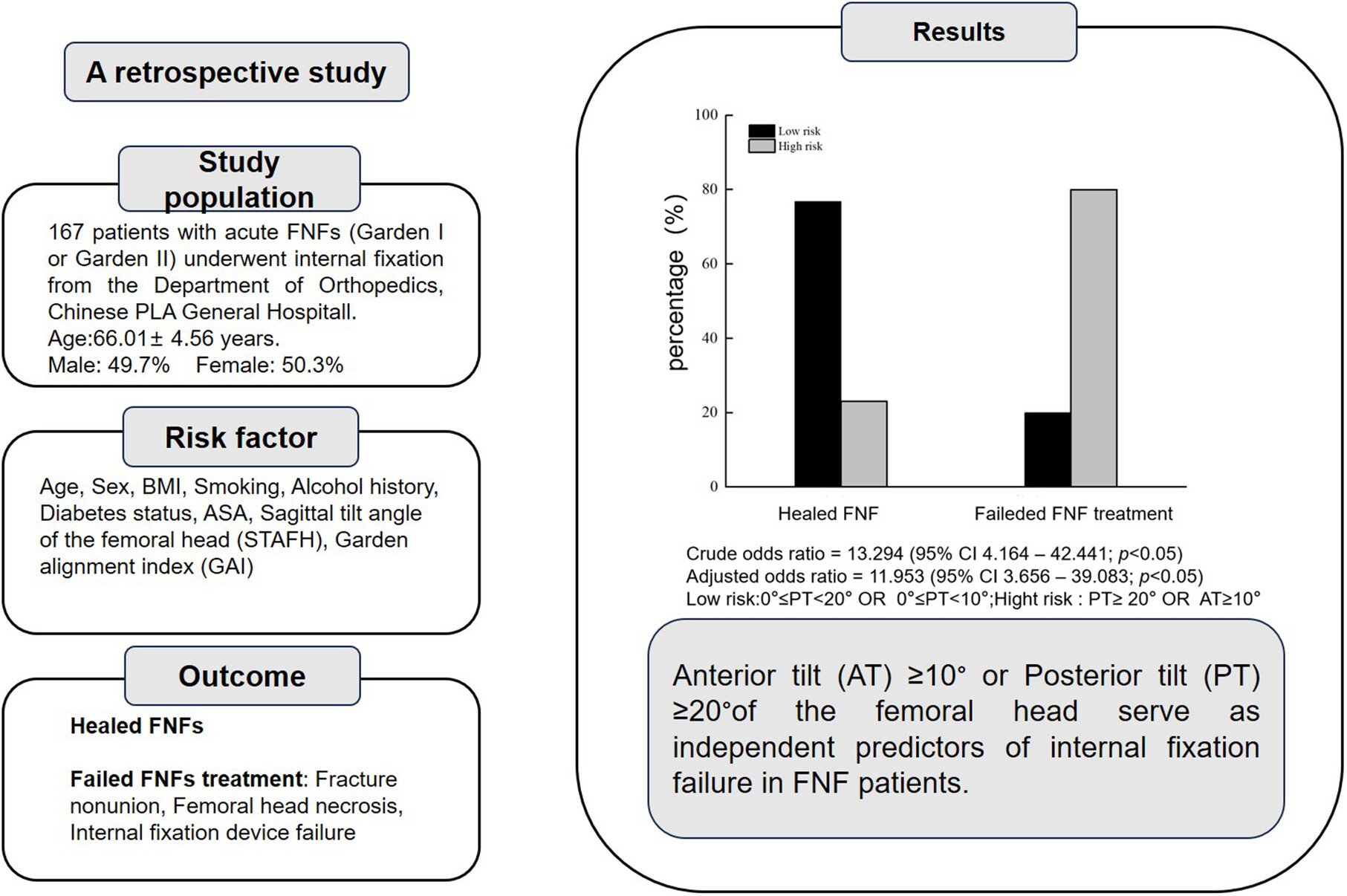
This study found that the degree of femoral head sagittal displacement is linked to the risk of internal fixation failure in femoral neck fracture. Measurements of the sagittal tilt angle of the femoral head (STAFH) using CT-3D imaging showed high reliability (ICC = 0.97, 95% CI: 0.96–0.98). Patients with excessive sagittal displacement (anterior tilt ≥ 10° or posterior tilt ≥ 20°) had a significantly higher risk of treatment failure (odds ratio 11.953, 95% CI: 3.656–39.083, p < 0.05). Accurately assessing femoral head sagittal displacement preoperatively is clinically significant for predicting femoral neck fracture prognosis and guiding individualized treatment plans.
Sex-Related Differences in Risk Factors Associated With Nonhealing or Recurrence of Hyperthyroidism in Patients With Graves' Disease Treated With Radioactive Iodine
- 188-194
- 13 June 2025
Examining Reasons for Using Non‐Primary Care Providers as Usual Source of Health Care: Insights From the All of Us Study
- 195-205
- 8 June 2025
Graphical Abstract
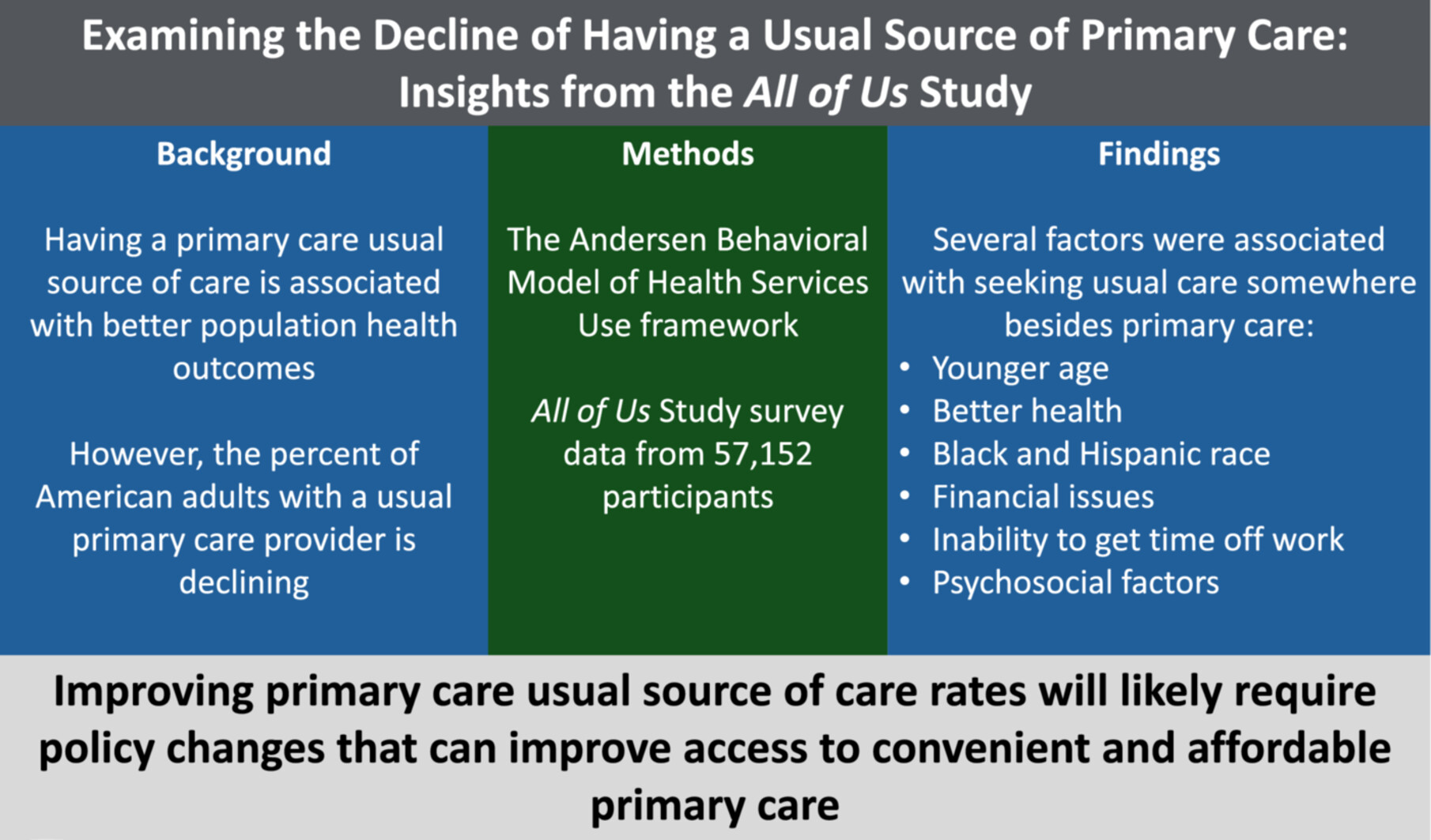
Transitioning individuals who seek usual care at urgent care clinics and emergency rooms to primary care usual sources of care should have improved continuity of care and use of preventive services, which would also generate cost savings. For this, interventions must address multiple barriers that deter some individuals from establishing a primary care usual source of care.
Smart Healthcare: The Role of Digital Health in Modern Medicine
- 179-187
- 1 June 2025
Revolutionizing healthcare and medicine: The impact of modern technologies for a healthier future—A comprehensive review
- Health Care Science
- 329-349
- 9 October 2024
Graphical Abstract
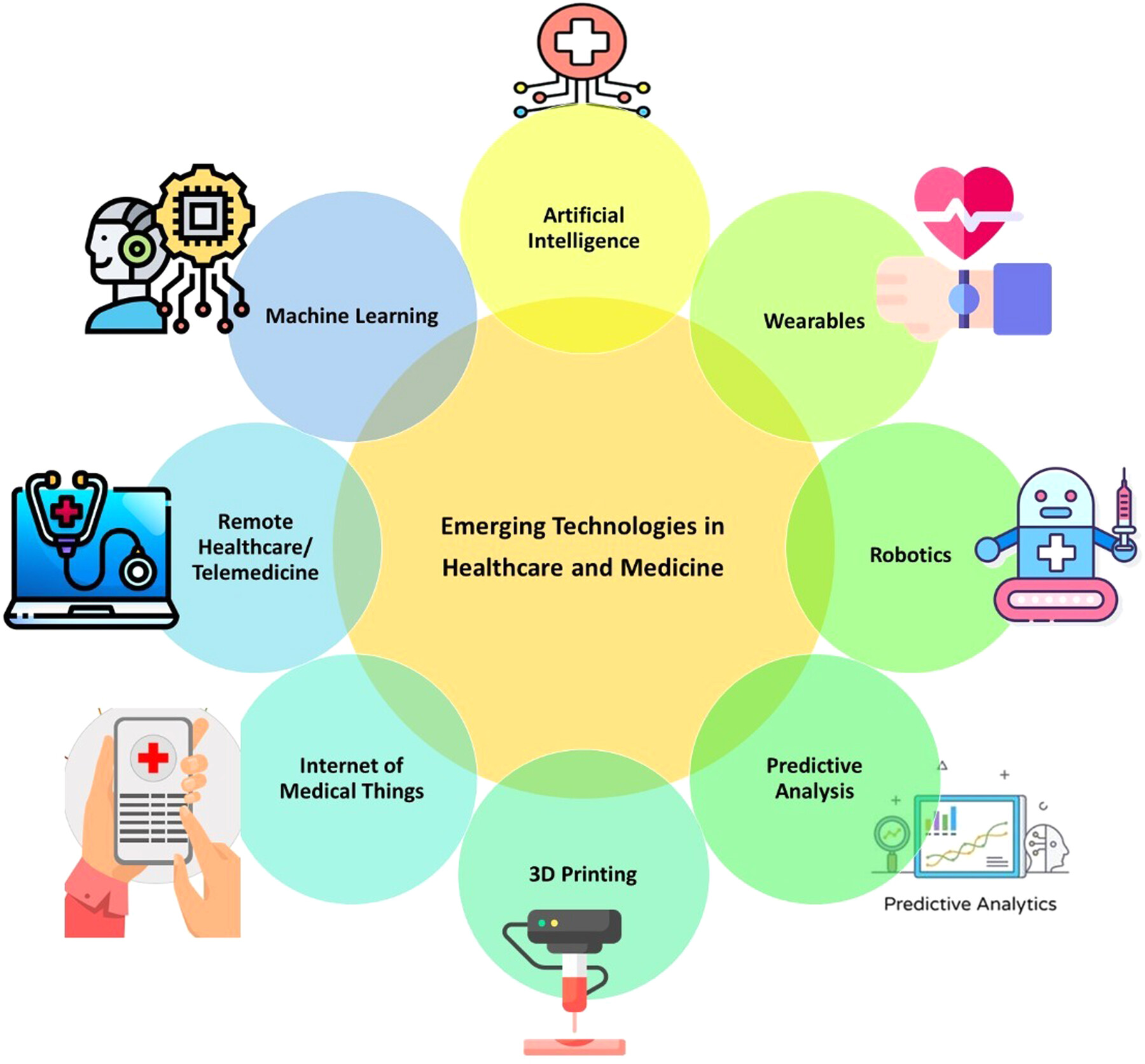
The way medical professionals diagnose, treat, and manage diseases has changed dramatically due to several innovative technologies that have emerged in recent years. Thanks to sophisticated algorithms that examine enormous volumes of patient data to find patterns and predict outcomes, artificial intelligence (AI) and machine learning (ML) have become increasingly potent instruments that enable more precise diagnoses. Telemedicine has increased access to healthcare, particularly in rural regions, by facilitating remote monitoring and consultations. Furthermore, wearable technology and IoMT have enabled people to track their health parameters in real-time, offering insightful information to patients and healthcare professionals. Moreover, personalized therapies have become possible thanks to genomics and personalized medicine developments, which use a patient's genetic information to create exact medications. Together, these technologies have improved healthcare delivery systems’ efficiency and patient-centeredness while raising the standard of care.
China's aging population: A review of living arrangement, intergenerational support, and wellbeing
- Health Care Science
- 317-327
- 9 October 2023
RETRACTED: Challenges and opportunities of big data analytics in healthcare
- Health Care Science
- 328-338
- 4 October 2023
Toward real‐world deployment of machine learning for health care: External validation, continual monitoring, and randomized clinical trials
- Health Care Science
- 360-364
- 14 October 2024
Graphical Abstract
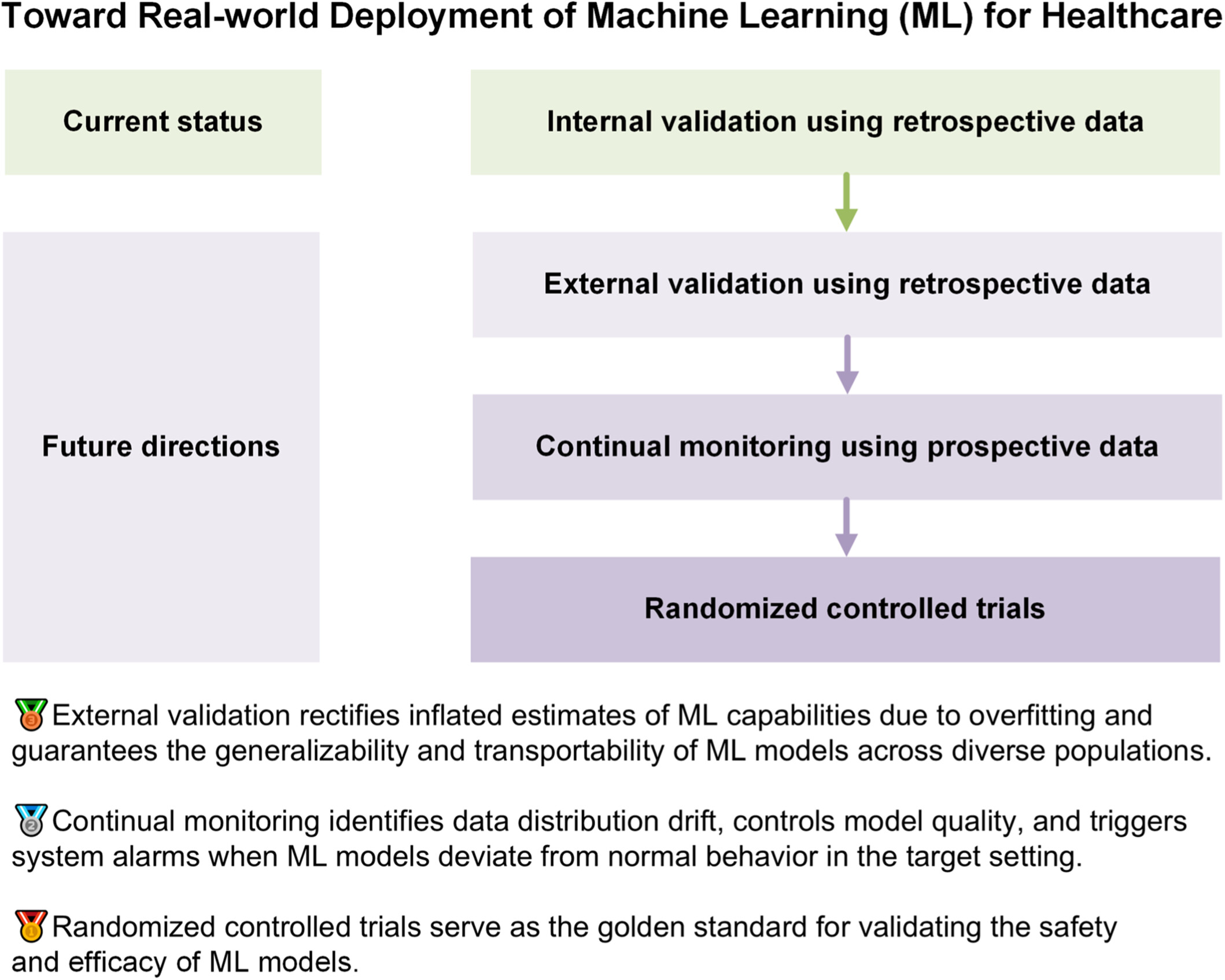
In this commentary, we elucidate three indispensable evaluation steps toward the real-world deployment of machine learning within the healthcare sector and demonstrate referable examples for diagnostic, therapeutic, and prognostic tasks. We encourage researchers to move beyond retrospective and within-sample validation, and step into the practical implementation at the bedside rather than leaving developed machine learning models in the dust of archived literature.
Study protocol: A national cross‐sectional study on psychology and behavior investigation of Chinese residents in 2023
- Health Care Science
- 475-492
- 20 December 2024
Graphical Abstract
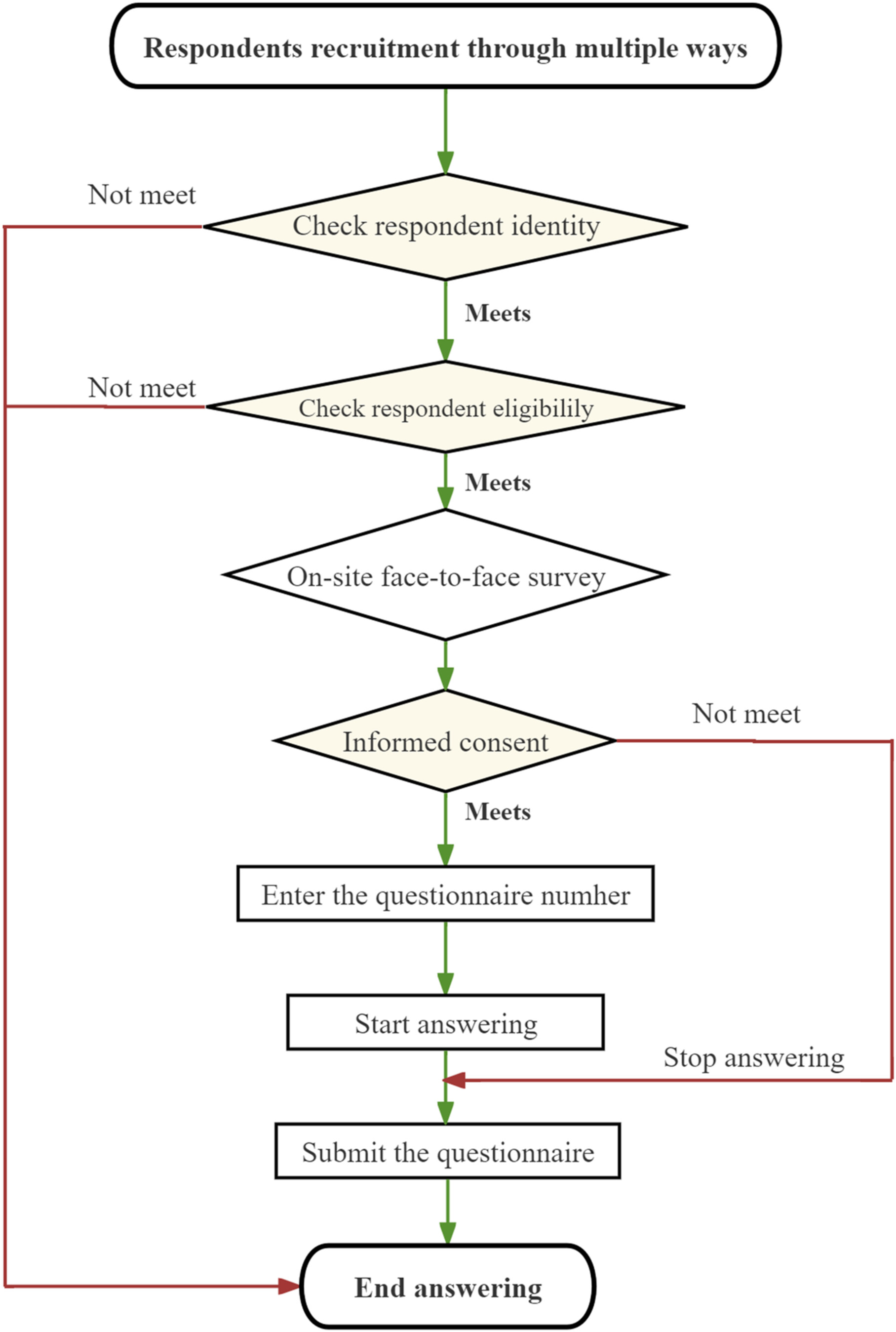
Surveyed from June 20 to August 31, 2023, across 150 cities and various urban–rural settings in China, our study employed stratified sampling to gather comprehensive data on Chinese residents' psychology and behavior. Trained surveyors conducted face-to-face interviews, covering health, family, social environment, psychological conditions, and behavioral patterns. Quality control ensured robust data for informing health policies and services.
Advancing digital health in China: Aligning challenges, opportunities, and solutions with the Global Initiative on Digital Health (GIDH)
- Health Care Science
- 365-369
- 17 October 2024
Graphical Abstract
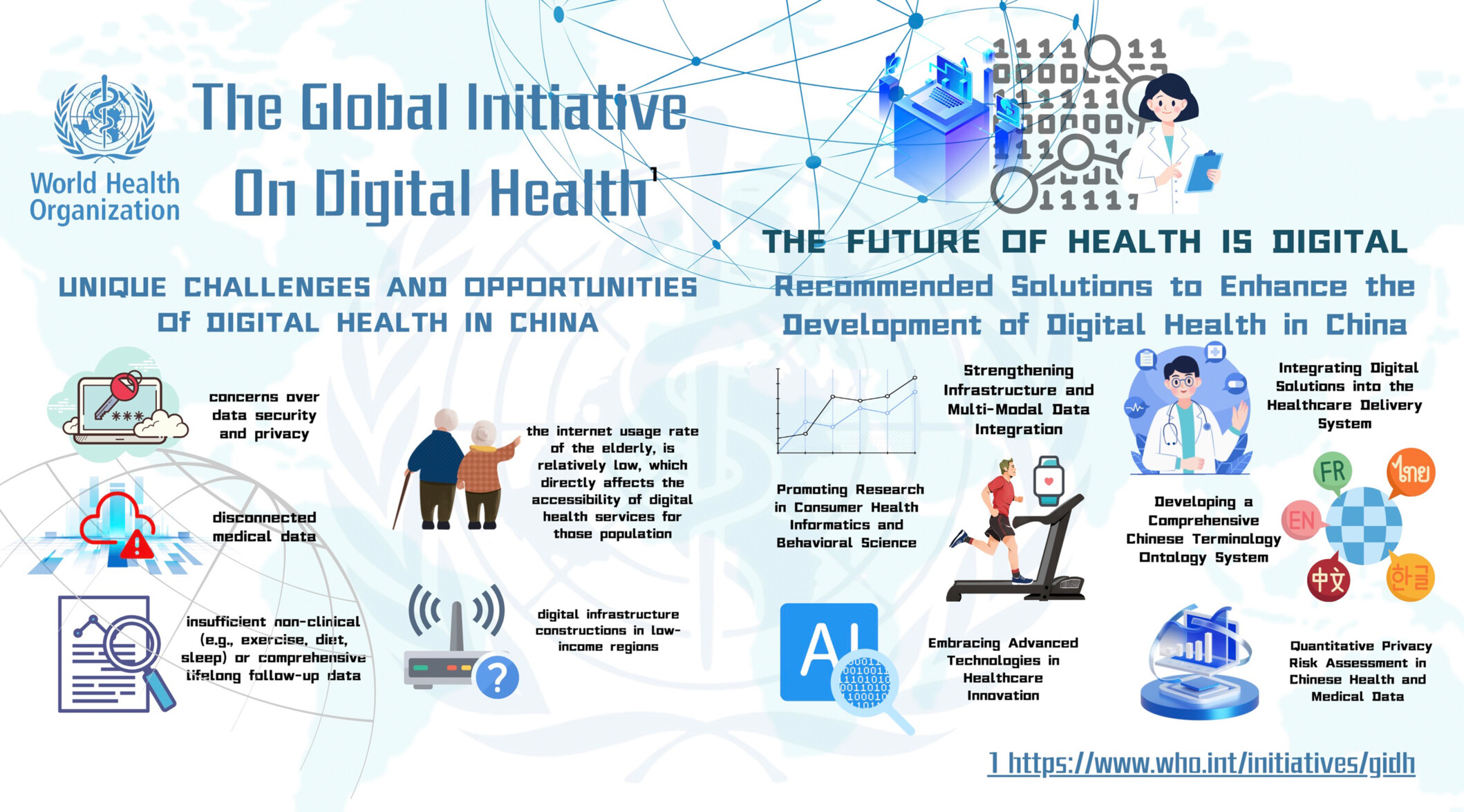
We summarized the unique challenges that China faced in digital health due to its large population, regional disparities, and uneven distribution of medical resources. Under the guidance of the Global Initiative on Digital Health (GIDH) released by WHO, we proposed corresponding solutions that address infrastructure, data, terminology, technology and security.
Leveraging anatomical constraints with uncertainty for pneumothorax segmentation
- Health Care Science
- 456-474
- 15 December 2024
Graphical Abstract
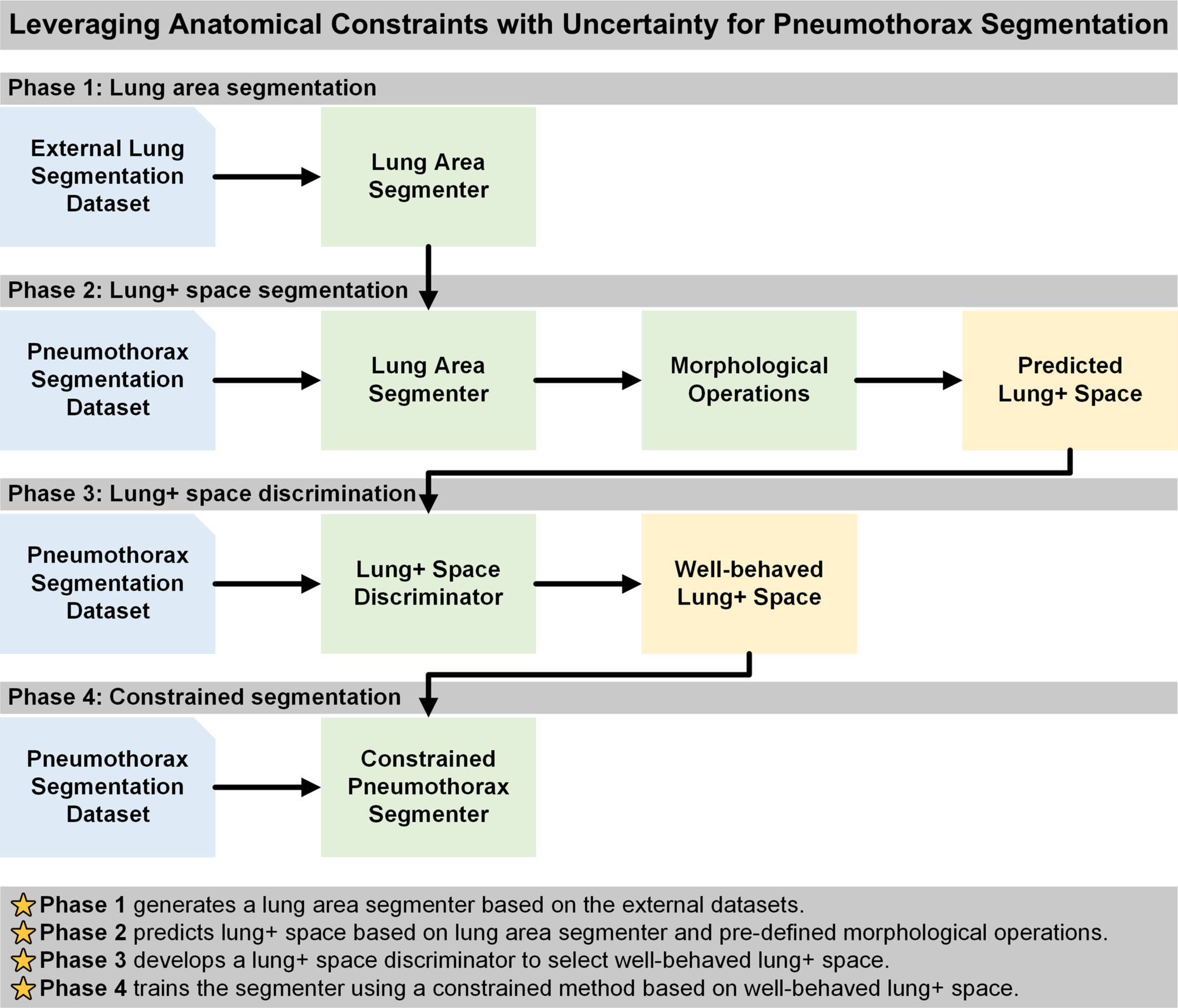
We proposed a novel approach that incorporates the lung + space as a constraint during deep learning model training for pneumothorax segmentation on 2D chest radiographs. We utilized external datasets and an auxiliary task of lung segmentation to generate a specific constraint of lung + space for each chest radiograph, circumventing the need for additional annotations. We incorporated a discriminator to eliminate unreliable constraints caused by the domain shift between the auxiliary and target datasets. Our results demonstrated consistent improvements across six baseline models built on three segmentation architectures and two convolutional neural networks backbones.
Large language models in health care: Development, applications, and challenges
- Health Care Science
- 255-263
- 24 July 2023
Graphical Abstract

The advancement of large language models (LLMs) promises to bring significant changes in health care, with extensive applications spanning pre-consultation, diagnostic, and management phases. Moreover, LLMs hold potential utility in medical education and medical writing. Concurrently, it is imperative to recognize the limitations of LLMs, strengthen review measures and enhance supervision system, thereby facilitating more effective collaboration between related personnel and LLMs.
Financial burden of seeking diabetes mellitus care in India: Evidence from a Nationally Representative Sample Survey
- Health Care Science
- 291-305
- 4 October 2023
Graphical Abstract
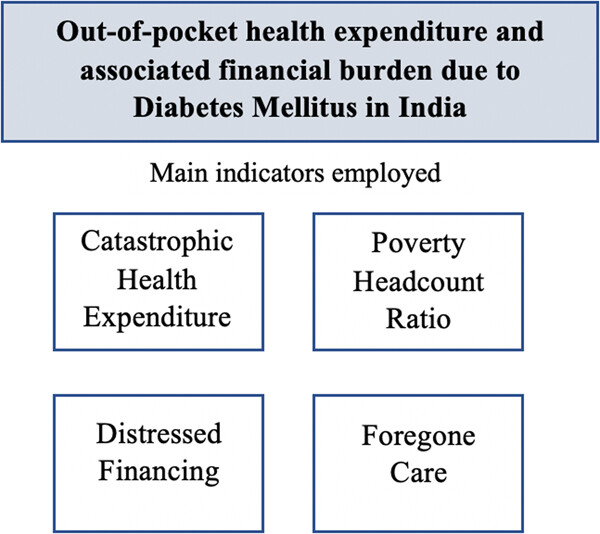
Our findings revealed that nearly 38% of Indian households with diabetic members experienced catastrophic health expenditure (at 10% threshold) and around 10% of DM-affected households fell below the poverty line due to OOPE, regardless of the type of care sought. 48.5% of households used distressed sources to finance the inpatient costs of DM. Of all the individuals who reported having DM during the last 15 days prior to the survey date, 0.8% did not seek treatment.
Emergence of SARS‐CoV‐2 variants KP.2 and KP.3 sparks concerns: What should we do?
- Health Care Science
- 211-214
- 6 August 2024
Graphical Abstract
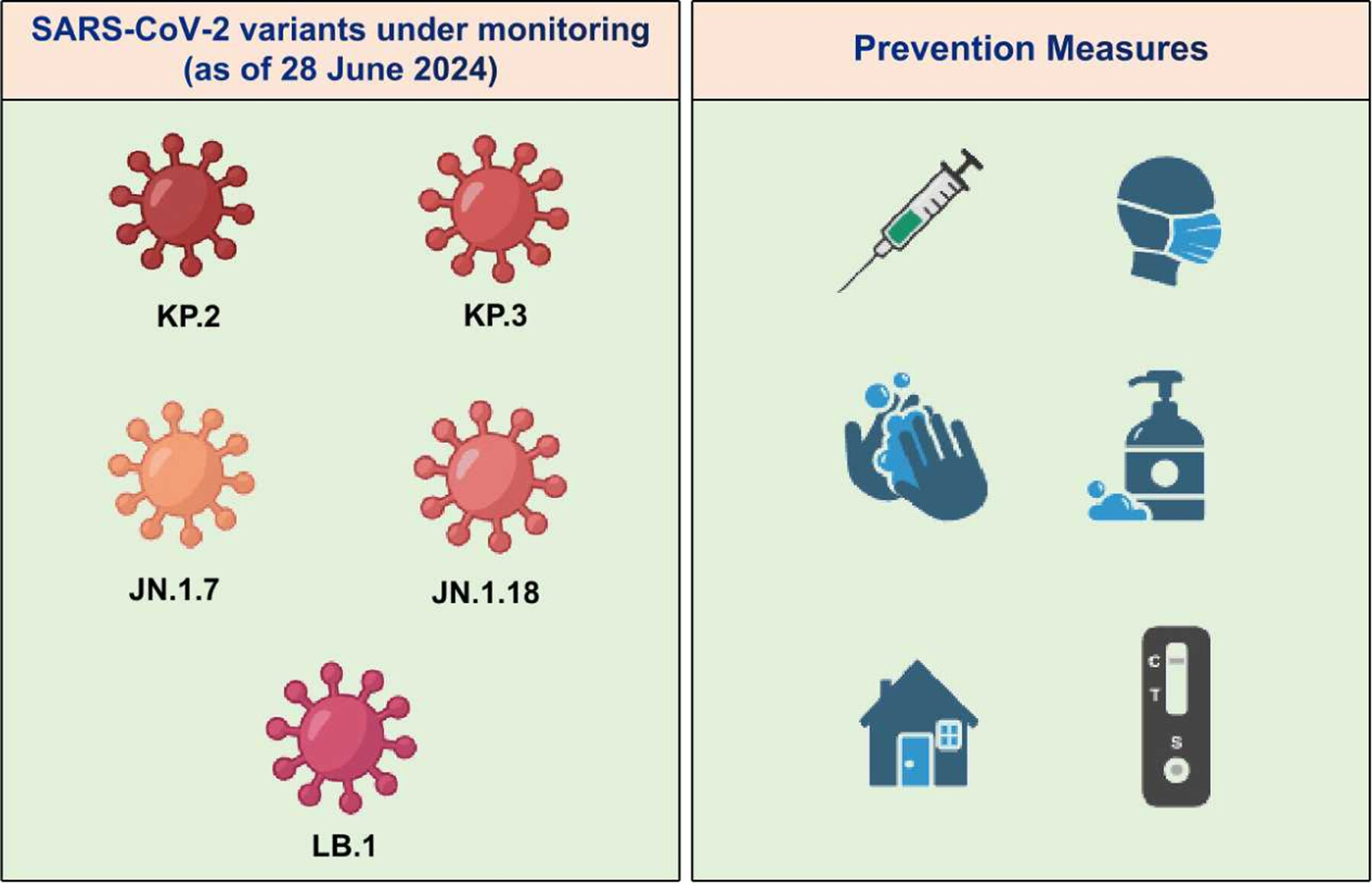
SARS-CoV-2 continues to evolve and circulate globally. In recent weeks, variants such as KP.2 and KP.3 have been rapidly increasing in many countries. Prevention strategies such as receiving updated COVID-19 vaccines, wearing masks when recommended, washing hands frequently, getting tested if symptoms appear, and staying home when sick can help protect individuals and others from COVID-19.
Large language models in health care: Development, applications, and challenges
- Health Care Science
- 255-263
- 24 July 2023
Graphical Abstract

The advancement of large language models (LLMs) promises to bring significant changes in health care, with extensive applications spanning pre-consultation, diagnostic, and management phases. Moreover, LLMs hold potential utility in medical education and medical writing. Concurrently, it is imperative to recognize the limitations of LLMs, strengthen review measures and enhance supervision system, thereby facilitating more effective collaboration between related personnel and LLMs.
Balancing medical innovation and affordability in the new healthcare ecosystem in China: Review of pharmaceutical pricing and reimbursement policies
- Health Care Science
- 381-391
- 11 December 2023
Graphical Abstract
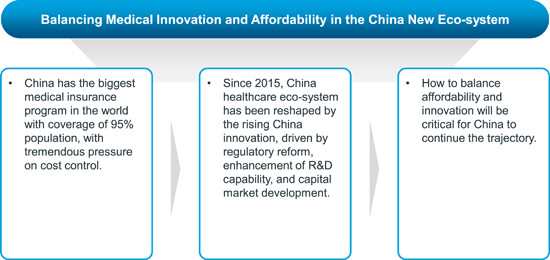
China has the biggest medical insurance program in the world with coverage of 95% population, with tremendous pressure on cost control. Since 2015, China's healthcare ecosystem has been reshaped by the rising China innovation, driven by regulatory reform, enhancement of R&D capability, and capital market development. How to balance affordability and innovation will be critical for China to continue the trajectory.
Revolutionizing healthcare and medicine: The impact of modern technologies for a healthier future—A comprehensive review
- Health Care Science
- 329-349
- 9 October 2024
Graphical Abstract

The way medical professionals diagnose, treat, and manage diseases has changed dramatically due to several innovative technologies that have emerged in recent years. Thanks to sophisticated algorithms that examine enormous volumes of patient data to find patterns and predict outcomes, artificial intelligence (AI) and machine learning (ML) have become increasingly potent instruments that enable more precise diagnoses. Telemedicine has increased access to healthcare, particularly in rural regions, by facilitating remote monitoring and consultations. Furthermore, wearable technology and IoMT have enabled people to track their health parameters in real-time, offering insightful information to patients and healthcare professionals. Moreover, personalized therapies have become possible thanks to genomics and personalized medicine developments, which use a patient's genetic information to create exact medications. Together, these technologies have improved healthcare delivery systems’ efficiency and patient-centeredness while raising the standard of care.
Ethical and policy considerations for organ trafficking and transplant tourism: Based on the UK's first international case of human trafficking for the purpose of organ removal
- Health Care Science
- 339-344
- 10 October 2023
Graphical Abstract
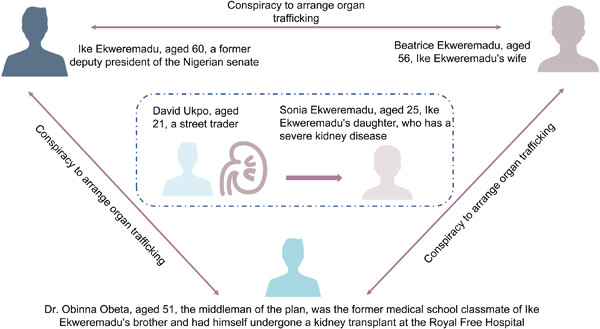
This study analyzes UK verdicts in an international organ trafficking case in May 2023, highlighting the involvement of national political officials and complex social factors. It emphasizes the need for a broader discussion of organ trafficking beyond areas of common criticism and discusses the ethical and policy implications of organ transplant tourism.
RETRACTED: Challenges and opportunities of big data analytics in healthcare
- Health Care Science
- 328-338
- 4 October 2023
Study protocol: A national cross‐sectional study on psychology and behavior investigation of Chinese residents in 2023
- Health Care Science
- 475-492
- 20 December 2024
Graphical Abstract

Surveyed from June 20 to August 31, 2023, across 150 cities and various urban–rural settings in China, our study employed stratified sampling to gather comprehensive data on Chinese residents' psychology and behavior. Trained surveyors conducted face-to-face interviews, covering health, family, social environment, psychological conditions, and behavioral patterns. Quality control ensured robust data for informing health policies and services.
China's aging population: A review of living arrangement, intergenerational support, and wellbeing
- Health Care Science
- 317-327
- 9 October 2023
Improving transitional care after acute myocardial infarction: A scoping review
- Health Care Science
- 312-328
- 13 October 2024
Graphical Abstract
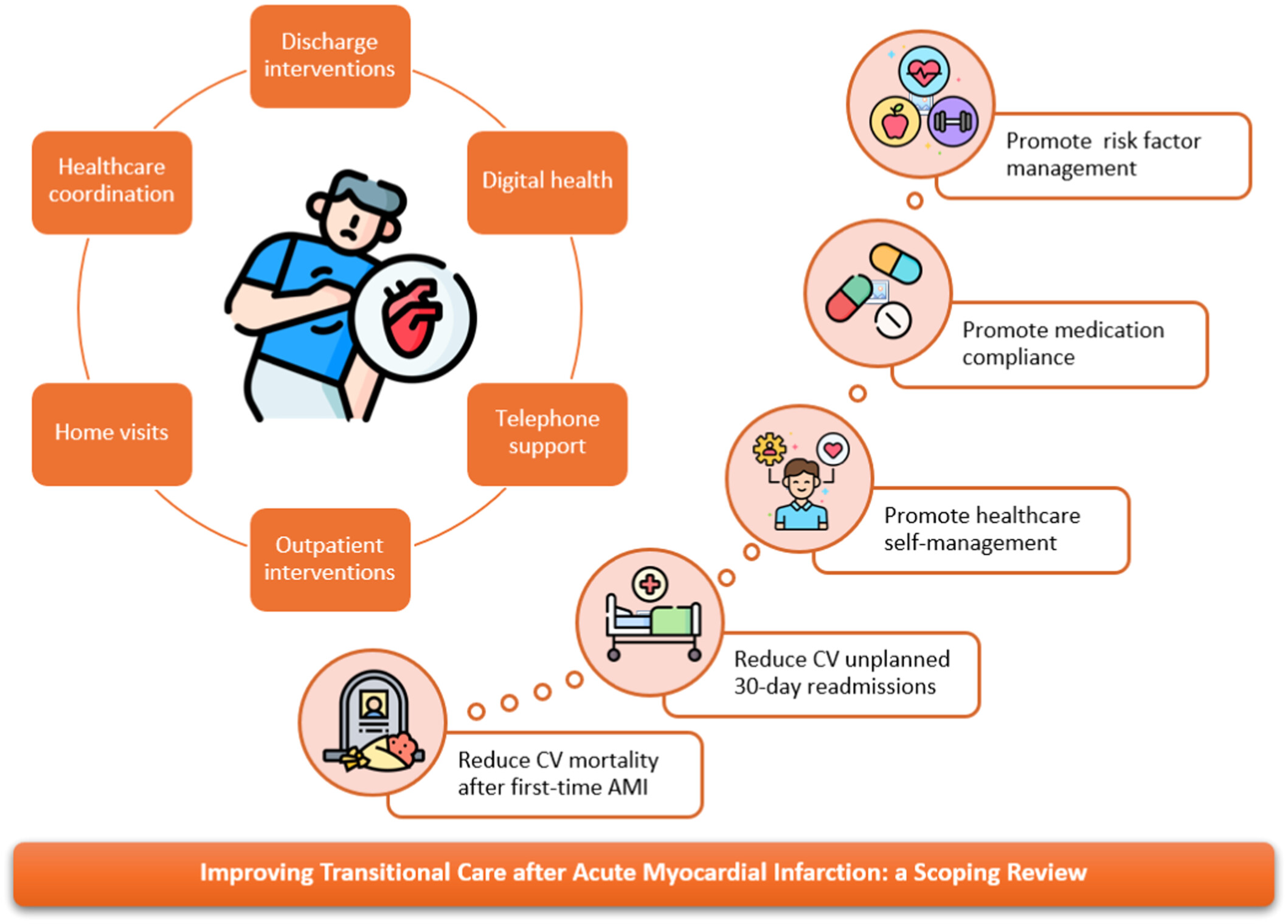
It synthesizes evidence on various components of transitional care. The need for multifaceted interventions required to improve long-term outcomes. Identifies the role of each healthcare professional and the integration of different interventions. Integrative healthcare programs facilitate continuity and care coordination post-discharge after acute myocardial infarction.
Financial burden of seeking diabetes mellitus care in India: Evidence from a Nationally Representative Sample Survey
- Health Care Science
- 291-305
- 4 October 2023
Graphical Abstract

Our findings revealed that nearly 38% of Indian households with diabetic members experienced catastrophic health expenditure (at 10% threshold) and around 10% of DM-affected households fell below the poverty line due to OOPE, regardless of the type of care sought. 48.5% of households used distressed sources to finance the inpatient costs of DM. Of all the individuals who reported having DM during the last 15 days prior to the survey date, 0.8% did not seek treatment.
Advancing digital health in China: Aligning challenges, opportunities, and solutions with the Global Initiative on Digital Health (GIDH)
- Health Care Science
- 365-369
- 17 October 2024
Graphical Abstract

We summarized the unique challenges that China faced in digital health due to its large population, regional disparities, and uneven distribution of medical resources. Under the guidance of the Global Initiative on Digital Health (GIDH) released by WHO, we proposed corresponding solutions that address infrastructure, data, terminology, technology and security.



